Table of Contents
“There is a voice that doesn’t use words. Listen.”
Rumi
Feeling stuck? Try picking up a marker.
We’ve all had those moments.
You’ve thought it through. You’ve talked it through.
Maybe even journaled it to bits.
You’ve sat with the same questions,
looping round and round,
trying to find the thread that will finally shift things.
And still — something in you feels tangled.
The truth is, some knots don’t come loose just by thinking.
Because the stuckness lives deeper:
in your breath, your body,
your emotional field.
That’s where NeuroGraphica comes in.
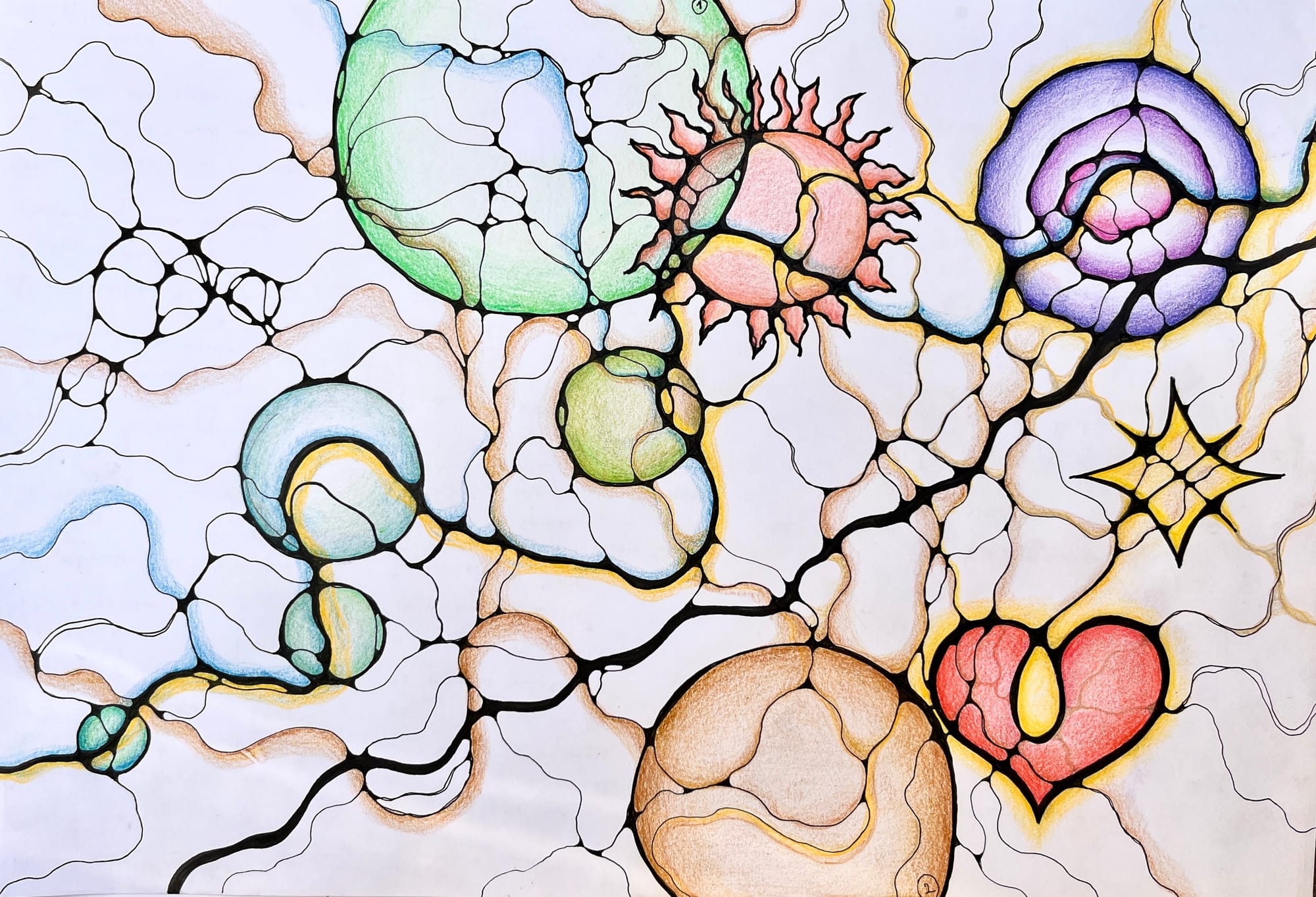
It’s a simple, structured way of drawing
that helps shift your inner state
by making marks on a page.
It’s grounded in psychology and neuroscience —
but it doesn’t feel clinical.
It feels personal. Sensory.
And often — radiantly revelatory.
You don’t need to be “artistic.”
You don’t need to know where it’s going.
You just need a felt-tip marker, a sheet of paper —
and a little curiosity.
From the first mark, something inside starts to respond.
That scribble? It becomes a signal.
A kind of inner listening begins —
through colour, shape, movement, rhythm.
This isn’t art for art’s sake.
It’s a way to bring your whole self into the conversation.
A way of finding shape
in the middle of chaos or confusion.
You can think of NeuroGraphica as a way of creating coherence — as soul-deep or as practical as you need it to be.
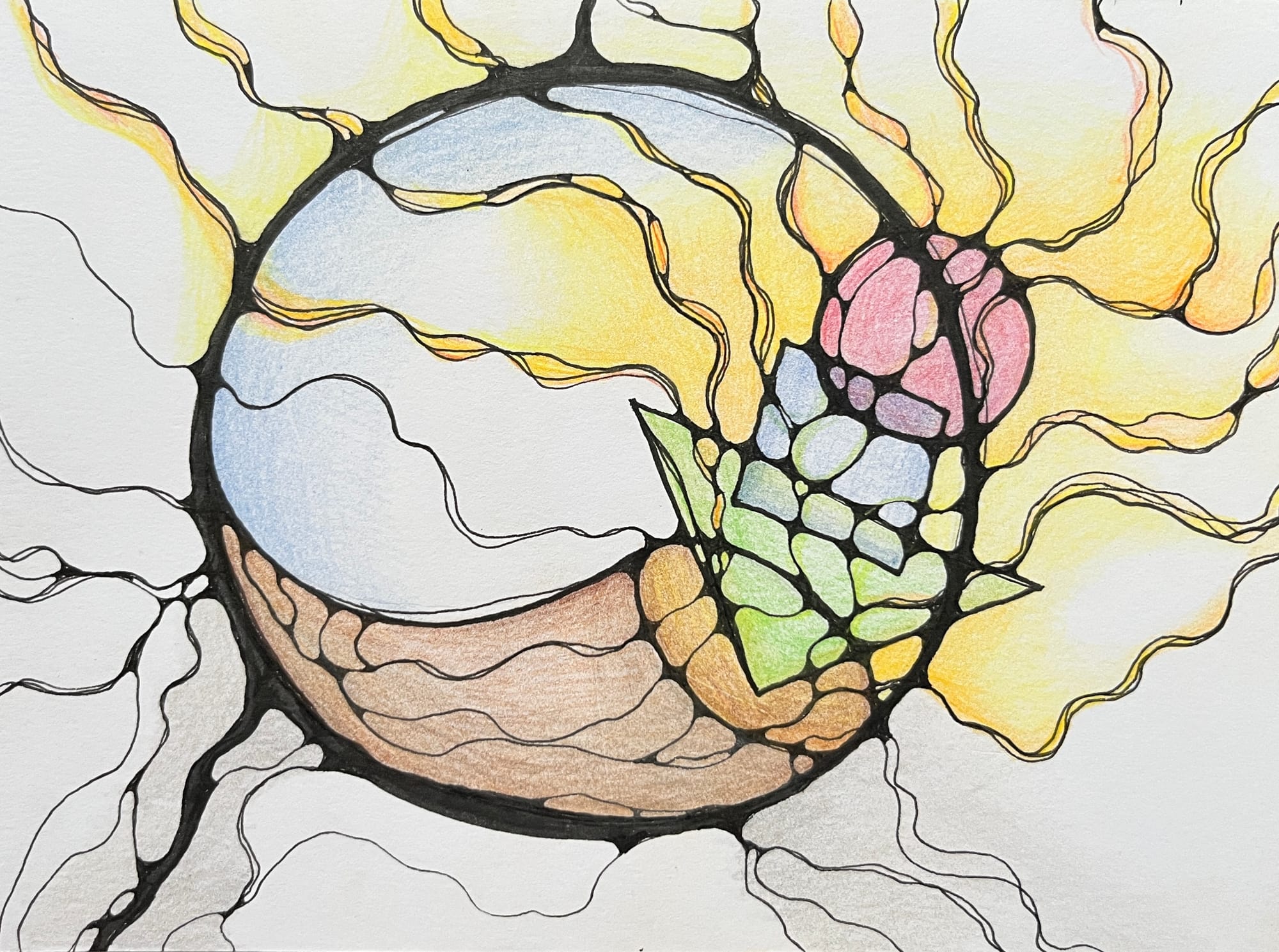
So what is NeuroGraphica?
NeuroGraphica is a visual method for self-reflection and change.
It gets your body, mind, and emotions into conversation —
not through words,
but through drawing.
You start with a question.
A wish.
A feeling of tension.
And then — you draw a line.
Not a line you planned.
A line you couldn’t have predicted.
That’s where it begins.
NeuroGraphica uses a few simple shapes,
combined with lines and colour,
in a very particular way.
Each part has a purpose.
Not to explain things.
But to help you connect them.
The marks you make don’t just stay on the page.
They start to show you something about how you’re holding this —
what’s tense, what’s tangled, what wants to move.
The process is simple —
but what it stirs can be profound.
You round a corner,
and notice your breath has softened.
You smooth a jagged edge on the page —
and feel your nervous system soften too.
You don’t need to understand exactly how it works.
You just need to start.
(And if you’re someone who loves understanding the why —
there’s plenty to explore once you’ve had a taste.)
But really, it’s not about how it works.
It’s about what it allows to take shape in you.
It’s how you build a home for what matters — inside you first —
and from there, let it radiate into your lived reality.
I call NeuroGraphica a soul-technology.
Because it meets you in that tender, liminal space —
between what has been,
and what’s just beginning to unfold.
I call NeuroGraphica a soul-technology.
Watch: a brief intro to NeuroGraphica (3 min)
From 'Intro to NeuroGraphica' course
What happens when you draw
There are four levels at play:
- what you see (images),
- what you feel (emotions),
- what you sense in your body (sensations),
- and what you think (thoughts).
As you draw, these start to talk to each other.
Each line, shape, or layer you add becomes a kind of live wire —
a channel for thoughts, memories, feelings, and intentions to move through.
The drawing process doesn’t just represent something.
It touches your nervous system directly.
That’s why it’s called neuro-graphica —
you’re literally creating new neural pathways as you draw.
The practice blends mindfulness, visualisation, and body-based processing
in a way that slips past overthinking.
It lets you access things you may have struggled to name before —
because sometimes, it’s the words that get in the way.
It’s not just about expressing something.
It’s about changing how it lives in you.
You’re not just expressing something.
You’re changing how it lives in you.
Some people say it feels calming.
Others feel more energised.
Often, something that felt stuck
suddenly feels like it’s breathing again.
The drawings themselves are abstract.
But the process is deeply personal.
You don’t have to interpret the image like a dream.
But often, something becomes clear — either while you’re drawing or sometime after.
You might look back days or weeks later and realise:
that was the moment something shifted.
A Quick Example: Mapping Relationships
I’ve adapted a popular NeuroGraphica template called the NeuroMandala to help map relationships.
Watch the drawing come to life — from intuition to intricate bloom. (20 sec)
It’s a way of placing the people in your life based on how close they feel to you.
You start by drawing a series of circles radiating out from your own centre.
Each ring shows a level of closeness.
And as you draw, you’re not just naming relationships —
you’re placing them.
Physically. Visually. Intuitively.
And that changes things.
You start to notice:
Who feels close?
Who’s drifted out?
Who have I let in too far, too fast?
The process gives you a kind of living map —
a way to see something you’ve probably felt for a while,
but maybe hadn’t quite put into words.
And this is just one template. There are many others.
Some help ease pressure.
Some get things moving when you feel stuck.
Some help you picture what’s next.
There are drawings for clearing space.
For lightening emotional weight.
For surfacing new ideas — or strengthening what you already know you want.
I’ve even used NeuroGraphica to meet my own grief.
Not by talking about it.
But by drawing through it.
You can see one of those drawings here:
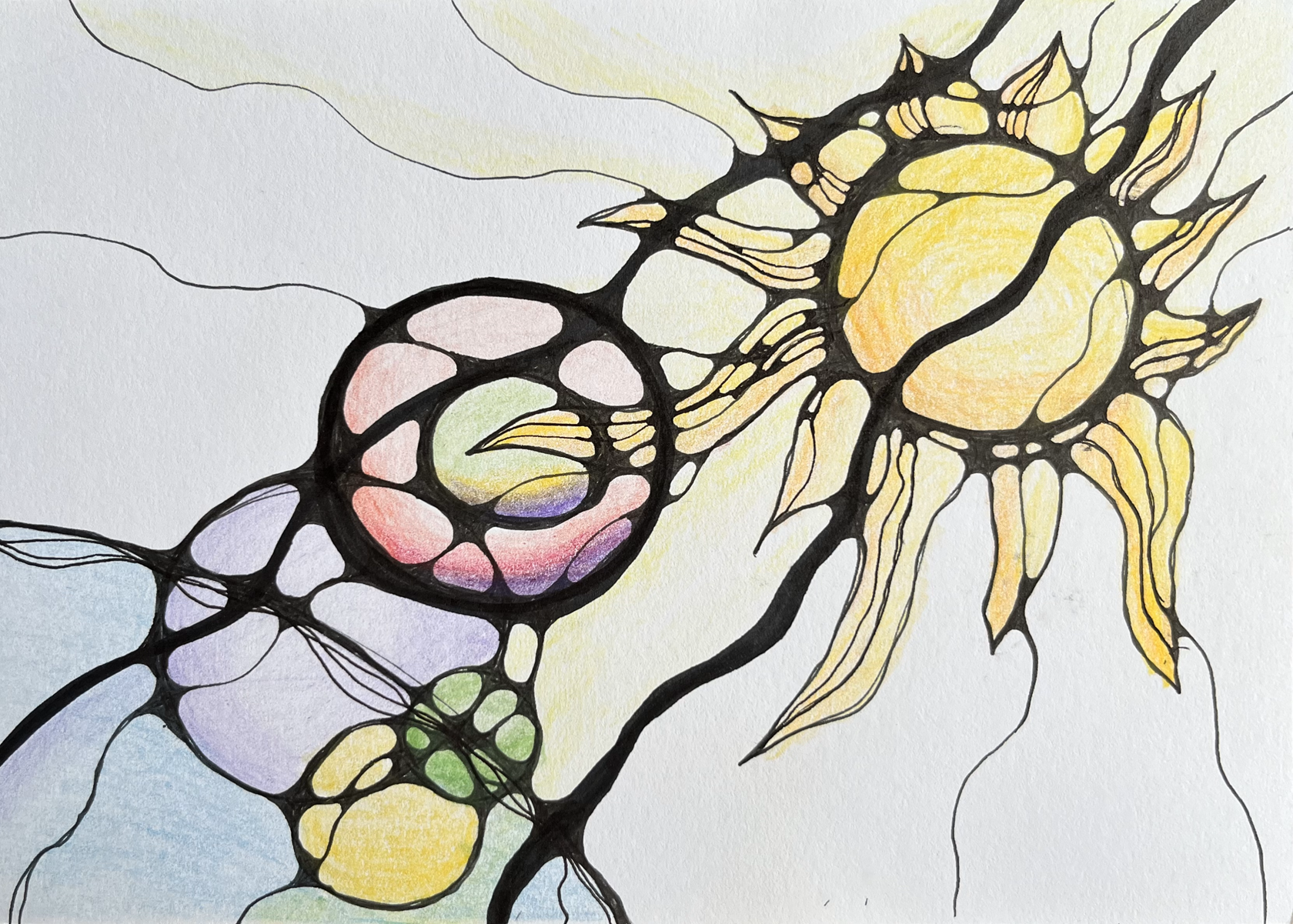
You don’t need to be “working on yourself” —
not in any formal way —
to benefit from NeuroGraphica.
But with sensitive guidance,
it can reach deep.
In client sessions,
I sometimes create custom drawing paths
based on what’s needed —
drawing on tools like Psychosynthesis and subpersonality work.
Instead of analysing the parts of themselves they wrestle with,
clients get to see them.
To meet them.
To tend to them —
in colour, and in shape.
“In art, the hand can never execute anything higher than the heart can imagine.”
– Ralph Waldo Emerson
NeuroGraphica drawings stay alive.
You can return to them weeks, months, years later.
Add to them.
Listen to what’s changed.
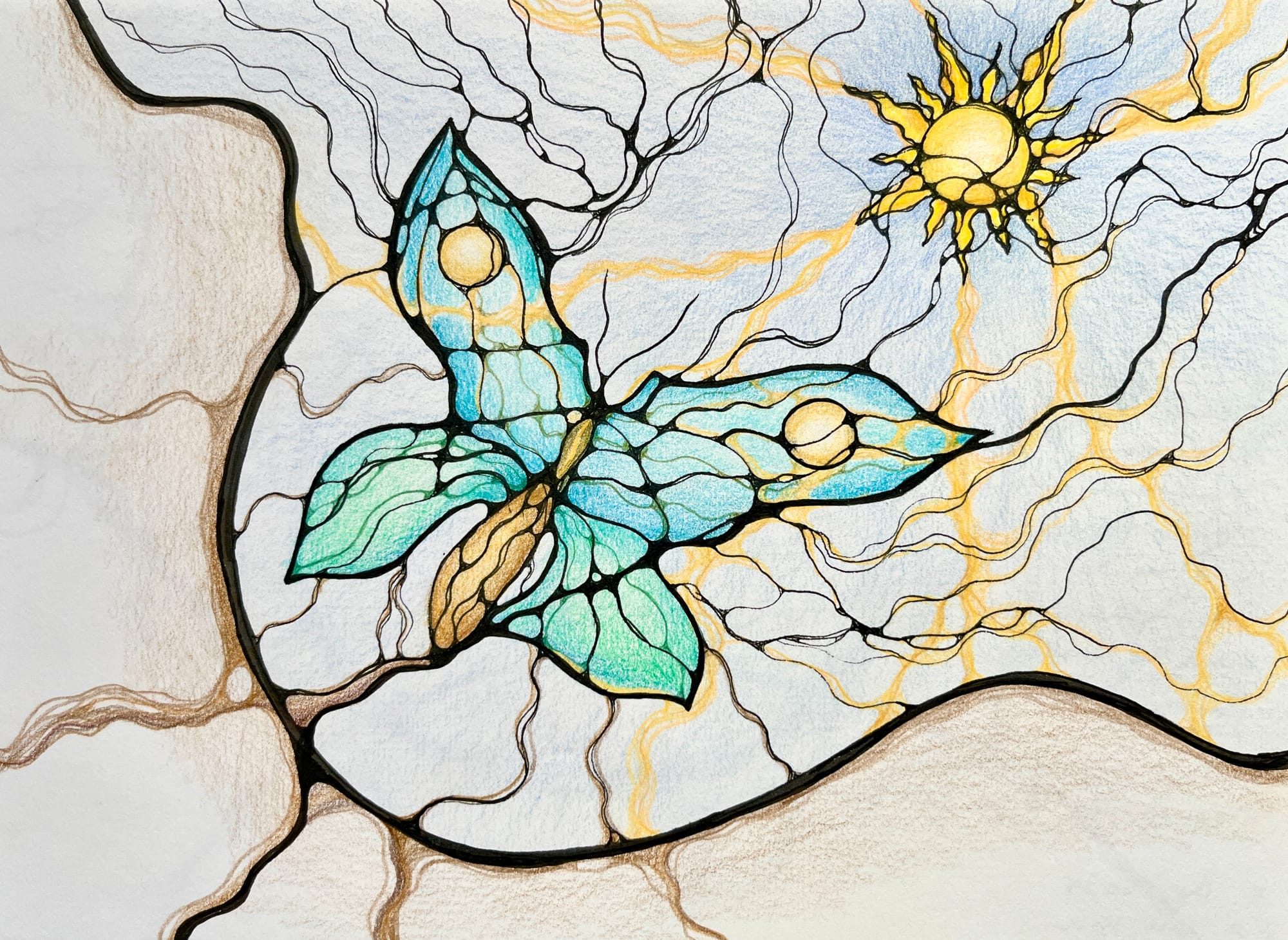
A place to begin
You don’t have to know what you’re drawing toward.
You just have to start.
Let your hand lead. Let the lines surprise you.
Let something inside begin to breathe.
NeuroGraphica isn’t about doing it right.
It’s about showing up —
with a marker in your hand
and a willingness to see what unfolds.
If that feels like the kind of shift you’re ready for,
I’d love to draw alongside you.
You just need to start.
Want to try it?
I’d love to introduce you.
My Introduction to NeuroGraphica course is the gentlest place to begin. It’s self-paced, doesn’t require any special skills, and gives you a solid foundation in the method.
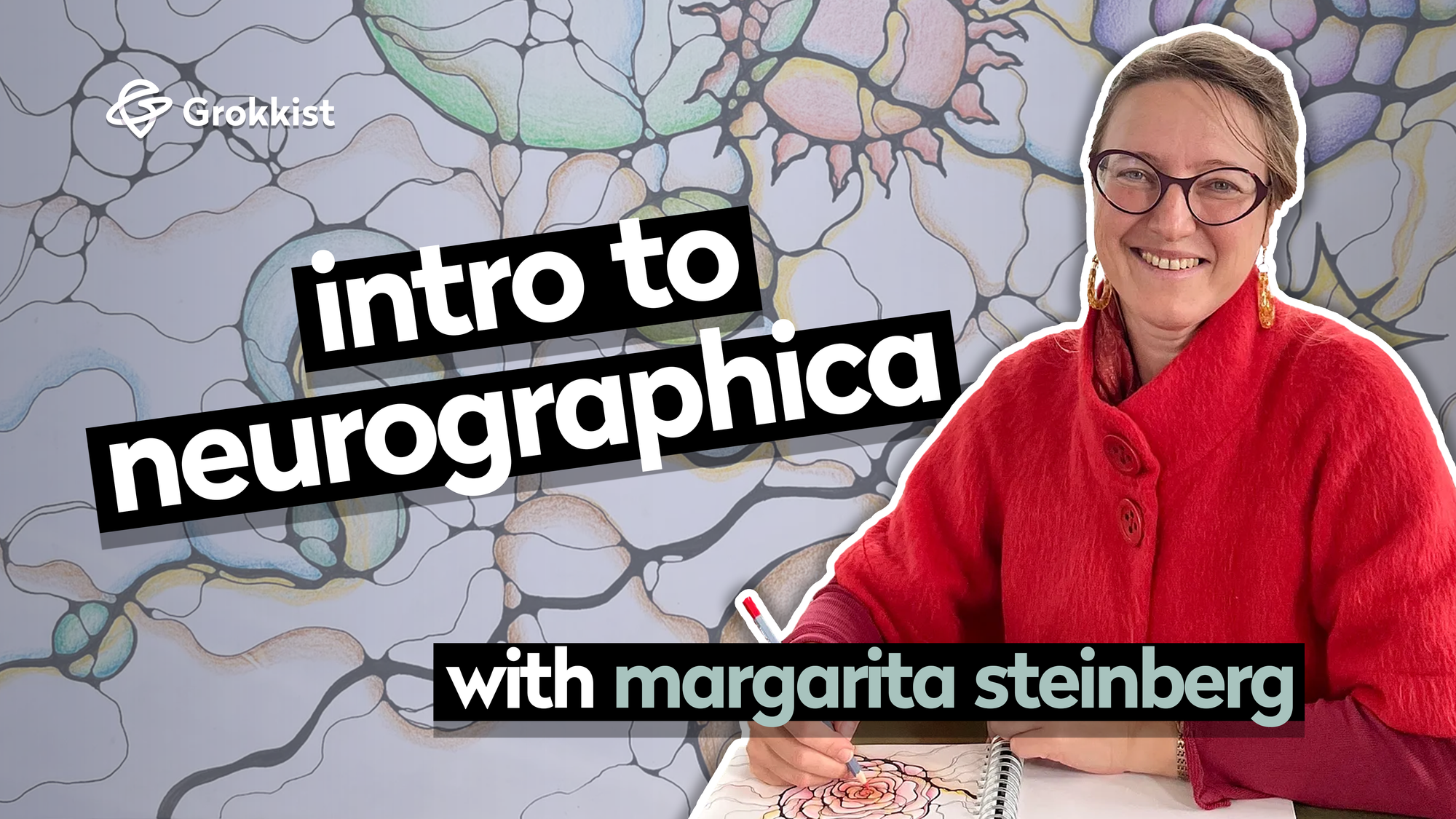
Intro to Neurographica
Draw your way into a new perspective. Neurographica is a creative self-reflection tool that helps you shift your emotional state by making marks on a page. It’s a visual method grounded in psychology and neuroscience that invites your body, mind, and emotions into dialogue.
This self-paced course introduces a simple yet powerful visual method to process inner tension, gain clarity, and reconnect with yourself — no artistic skills required. Learn more about Neurographica here.
If you prefer company as you explore, you can also book a 1:1 guided drawing session with me.
You don’t have to know what you’re doing. You just have to be willing to pick up the marker pen.
Ready to explore how NG could support you right now?
You’re warmly invited to book a 1:1 drawing session — whether you’re at a crossroads, seeking clarity, or simply curious what your inner knowing wants to reveal.
Book a session or get in touch to ask more.
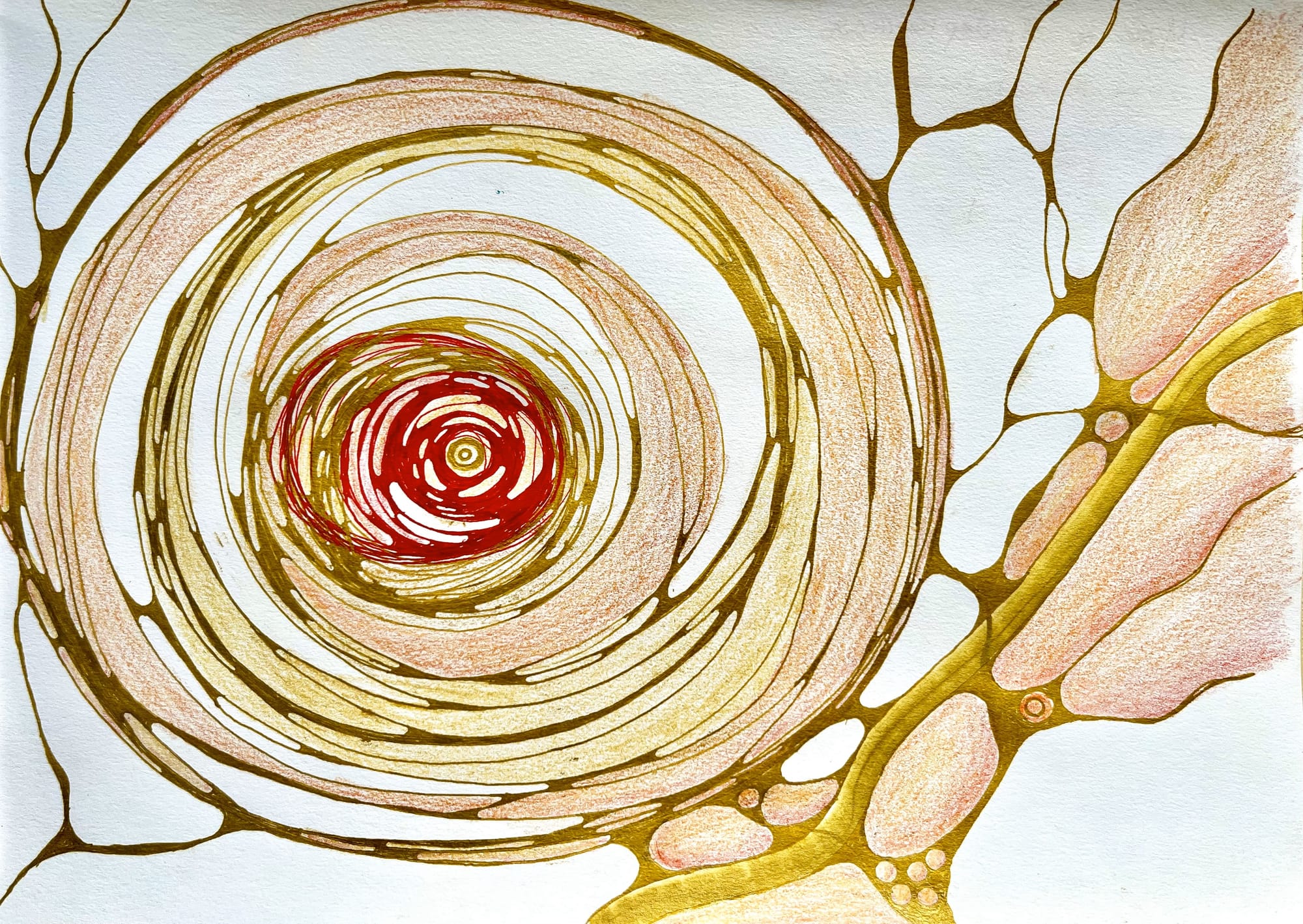


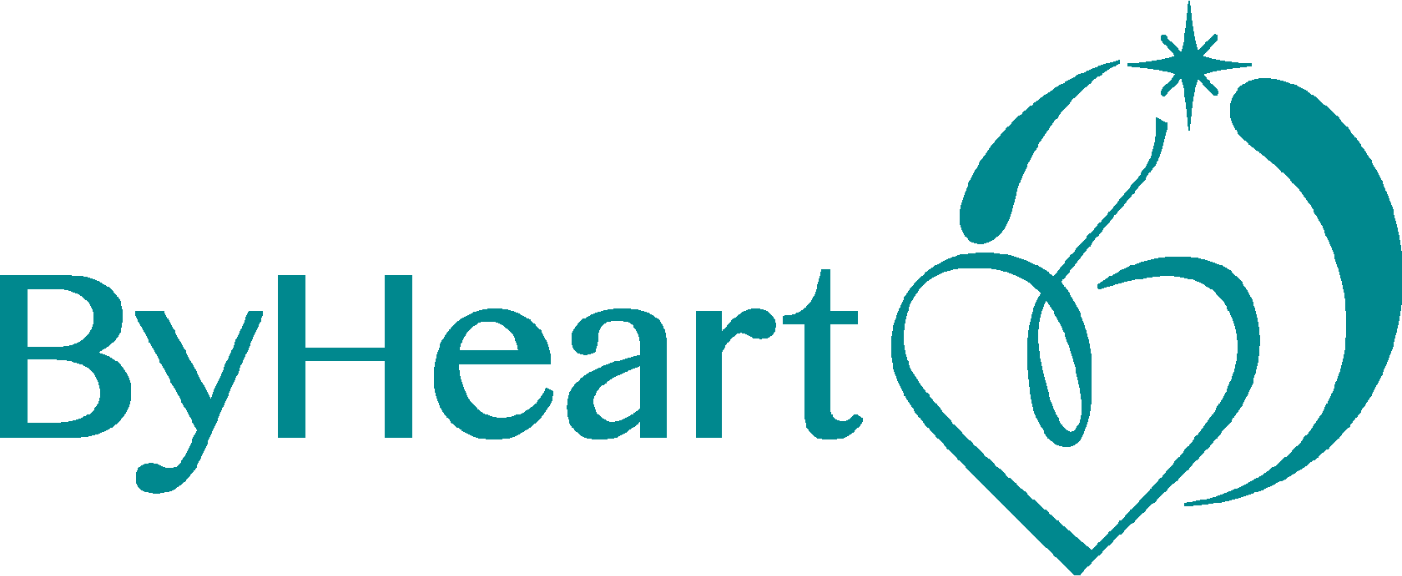
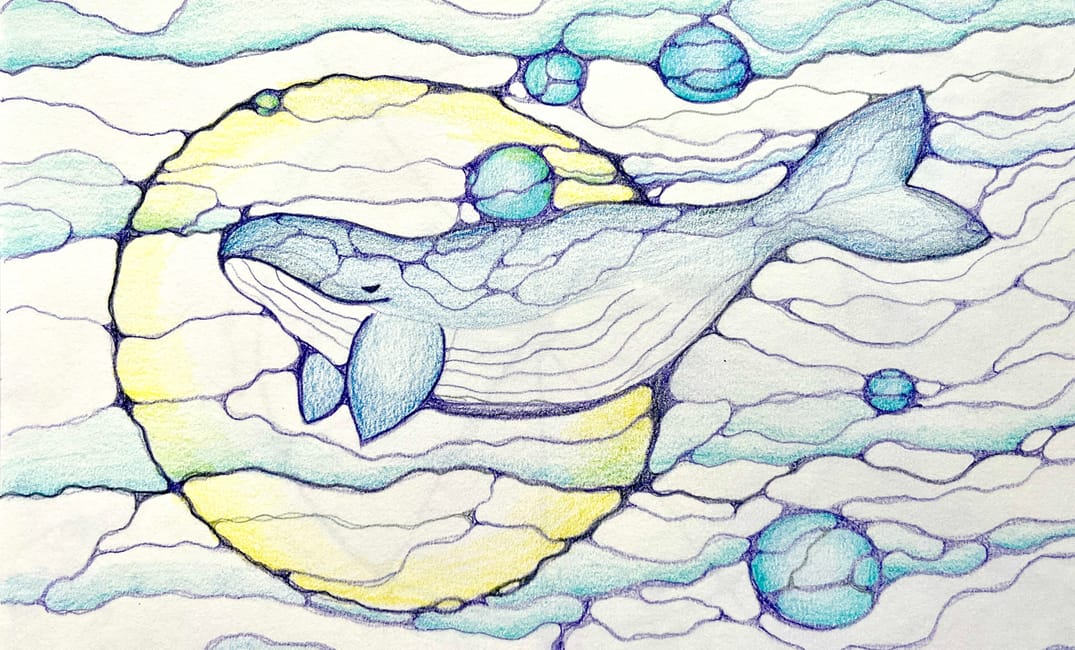





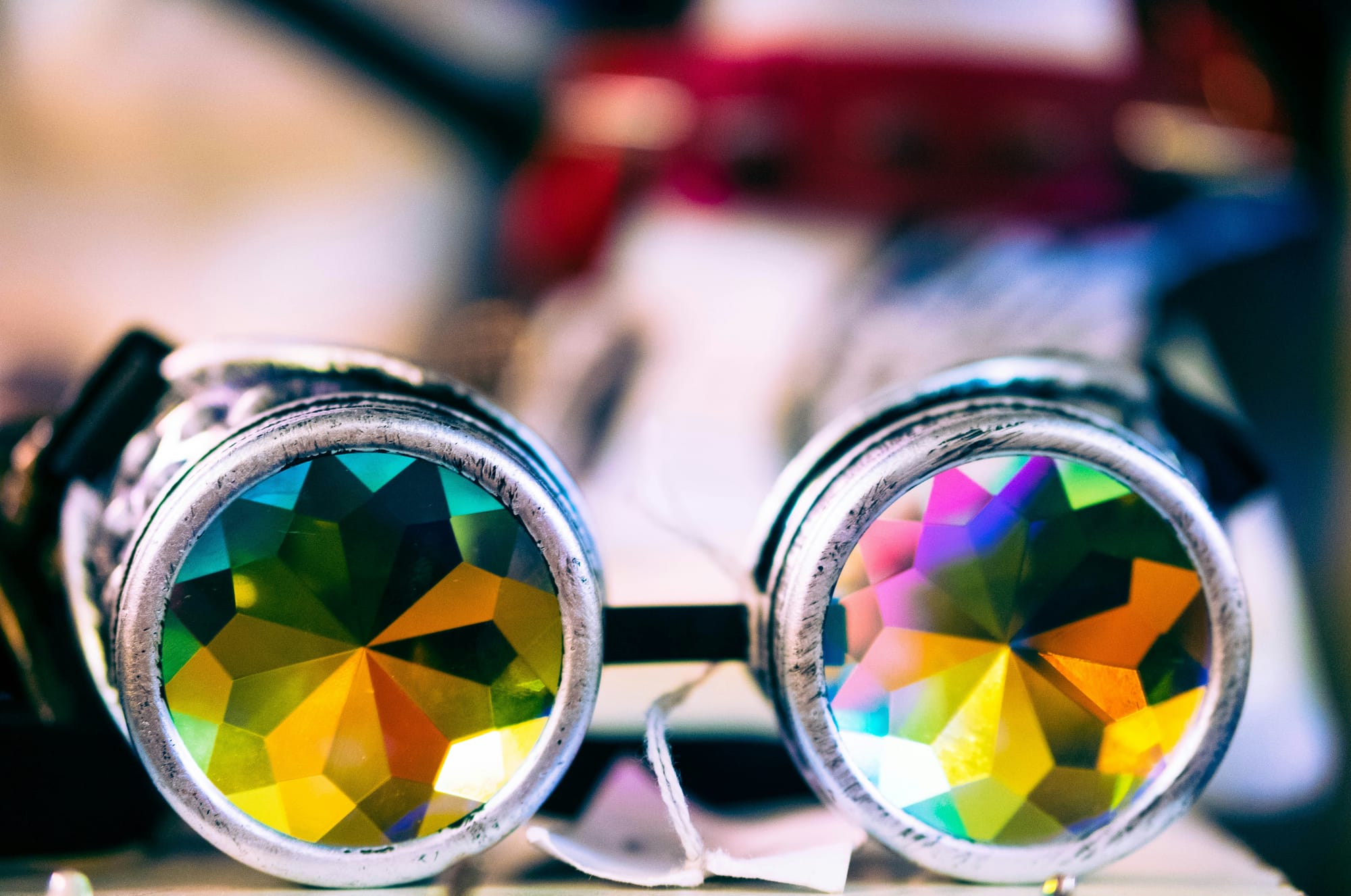
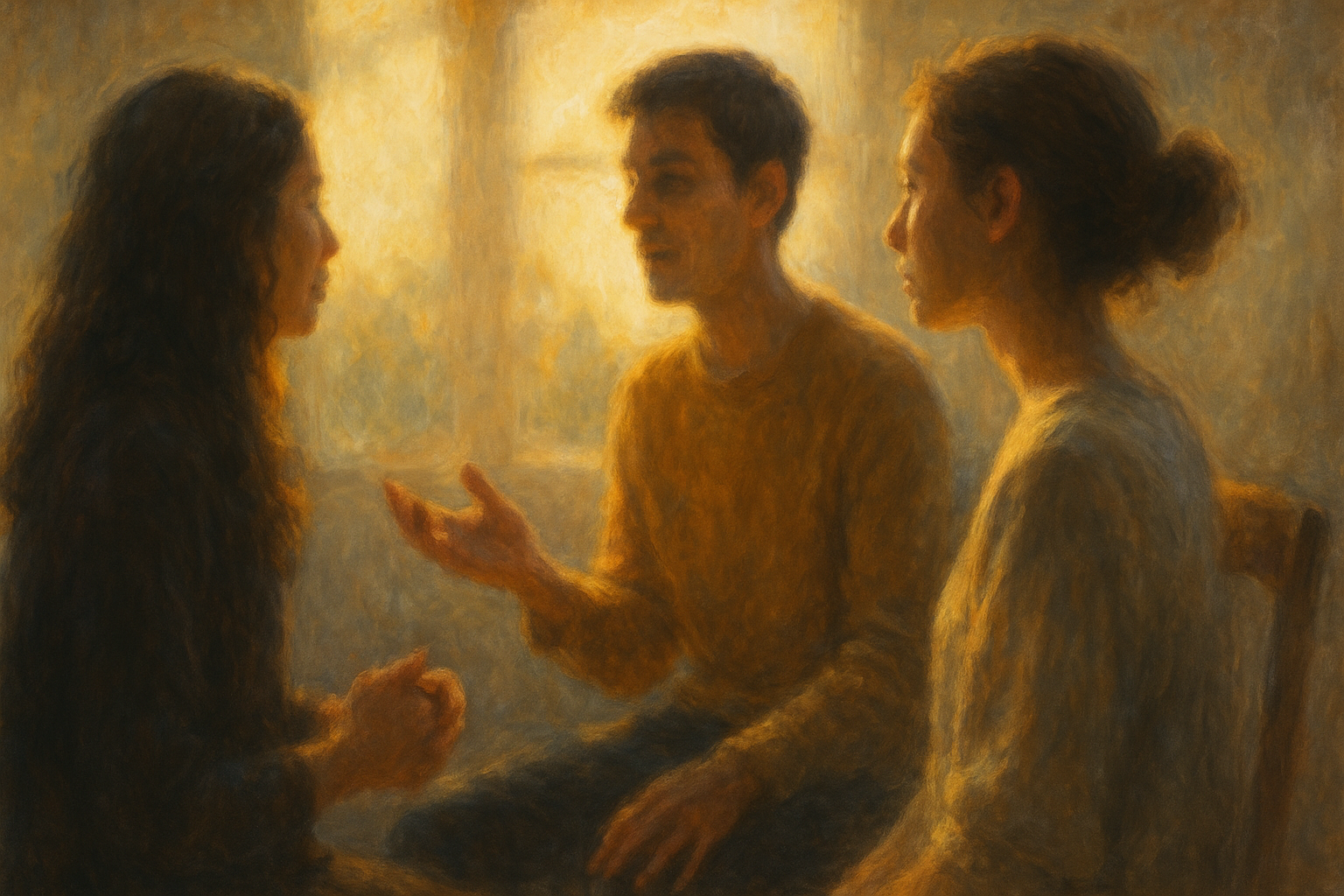
Comments